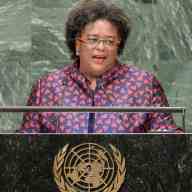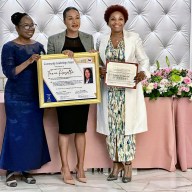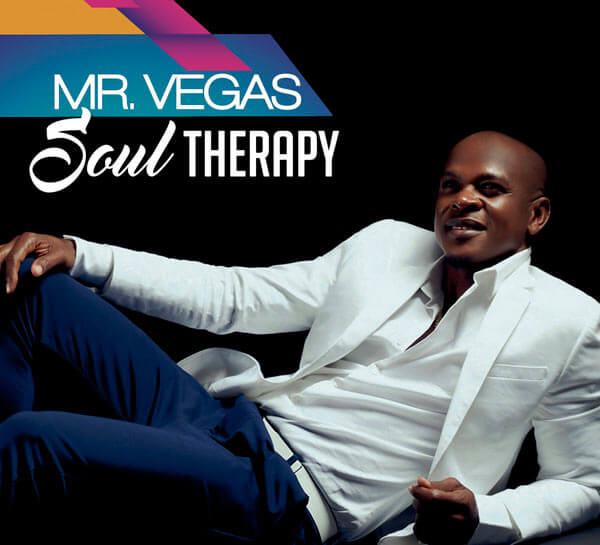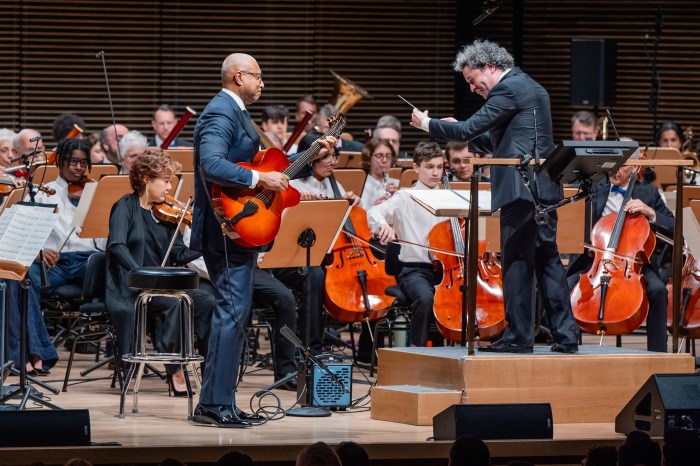Big things are happening at Carnegie Hall.
Earlier this month on June 2 Robert F. Smith was elected chairman of Carnegie Hall’s Board of Trustees. Smith’s winning majority manifested three years after Clive Gillinson, executive and artistic director invited him to become a trustee at the prestigious music venue.
“I am humbled and honored to serve as Carnegie Hall’s next chairman, working with the board, staff, and entire Carnegie Hall community to advance this iconic institution,” Smith said. “Carnegie Hall is perfectly placed to champion not only artistic excellence, but also access and exposure to the best music in the world. During my time on the board, I have enjoyed working with Clive Gillinson on this mission and look forward to building on the Hall’s already considerable outreach efforts into communities to reach our next generation of music lovers and performers. I am excited to continue our partnership and to have this opportunity to work with so many who care about Carnegie Hall, building on its extraordinary legacy to take it to even greater heights in the future.”
Gillinson poured over Smith’s election saying: “I’m thrilled that Robert has agreed to become Carnegie Hall’s new chairman, and I personally look forward to working closely with him to chart the future course for the Hall. I have greatly enjoyed our work together over his time on the board and have valued his passion for music and his global commitment to young artists through his rich and varied philanthropic efforts with the Menuhin Competition and the Sphinx Organization among others. Robert’s appreciation for connecting underserved communities to the arts combined with his keen understanding of the transformational power of digital technology will bring capabilities that will be very important to us as we continue to evolve Carnegie Hall’s unique leadership role in the world of the twenty-first century.”
Less than two weeks later, Gillinson made another announcement. He said the upcoming season will include a “Night of Inspiration” dedicated to diversity, gospel and secular music.
The intent of the showcase he said is to promote a broad-based audience to the reputed showplace and also encourage excellence in every genre.
Gillinson emphasized the fact a diverse lineup would attract a diverse crowd to patronize the concert. First presented in 2010 allegedly 40 percent of patrons that attended that year’s “Night of Inspiration” had never previously been inside the iconic venue.”
The artistic director said Chew Entertainment helmed by Ray and Vivian Chew would again collaborate with the iconic showplace to produce the musical presentation slated to showcase at the end of the year.
The power couple may be best known individually for Ray’s tenure as leader of Ray Chew & The Crew at the Apollo Theater. Appearing weekly on the highly rated “Showtime At The Apollo Theater” and “Amateur Night” television show he was the keyboardist to lead dancers, singers, magicians, and every talented contestant that competed at the Harlem venue.
Since his departure from that showplace Ray served as musical director of “American Idol” a television reality show.
He is currently the musical director of “Dancing With The Stars.”
The musician’s wife Vivian is a former record company talent scout who signed a myriad and diverse roster of singers — among them Jamaican reggae artists Shabba Ranks, Patra and Third World — who she enabled the inking of deals at SONY Music and Polygram Records.
Now an international music consultant, Vivian boasts a client list regularly booked for performances in Europe and Dubai.
Gillinson raved the notion of “exploring the world through music” and added that the Chews are “among the most extraordinary people in the world.”
Of the collaboration Ray said since 2010 he had “cultivated relationships” with individuals he now considers “family” and is more than happy to return to Carnegie Hall in 2016.
He told a select group of guests that the Dec. 6 showcase will be different from others. He explained that patrons will experience “not just a concert” but a spectacular event.
“It moved us beyond the spirit of doing a show,” Ray said. In explaining his reason for tackling such a project, Ray said he had a “vision of the future…where secular and gospel can come together.”
One of the stellar artists he named for the date is rhythm and blues singer Dionne Warwick.
Vivian announced that there will be a number of surprises she said will soon be unveiled.
She clued guests of a group from South Africa that will make their Carnegie Hall debut. And that Yolanda Adams and Hezekiah Walker will also grace the stage.
Acclaimed for marrying music with culture, the couple recently introduced a diverse group of tri-state residents to the world’s most iconic performance stage in America – the Perelman Stage at Carnegie Hall.
The brainchild of Vivian, she said the idea of hosting a preview reception and allowing influential guests to see the stage up close was to entreat patrons with a privilege only reserved for the most talented.
On an evening when the lights to the showplace dimmed to darkness, preachers, publishers and prestigious VIPs were privileged to stand where legends stood.
Constructed inside the Stern Hall, the 42 feet deep wooden structure has been the site of many famous lectures, including the Tuskeegee Institute Silver Anniversary Lecture by Booker T. Washington.
Sissieretta Jones was the first African-American to sing at the Music Hall (renamed Carnegie Hall the following year), June 15, 1892.
Since then African-Americans have stood tallest on the great stage and include — Booker T. Washington, (in 1906) Paul Robeson (in 1929) Duke Ellington (in 1943) Louis Armstrong (in 1947) Ella Fitzgerald and Dizzie Gillespie reunion with Charlie Parker (in 1947) Billie Holliday (in 1948) Nina Simone, Miriam Makeba (in 1963) Eartha Kitt (in 1974) and Odetta (in 1980).
Although a mention of the venue conjures symphonies, Chopin, Baroque, Mozart, virtuosos, chamber music, the MET orchestra, the finest global and American orchestras, President Woodrow Wilson (in 1919) Mark Twain (in 1906) The Beatles (in Feb,1964) Leontyne Price, Martina Arroyo, Marian Anderson, Jesse Norman have also made their mark at the midtown location.
Along with a number of festivals and tributes to Dr. Martin Luther King Jr. and Fats Waller, cultural presentations also list the storied history and tradition of the New York landmark.
Included too on previous billings are lineups featuring jazz, hip-hop, spoken word, rhythm and blues, pop and some of the most eclectic recorders from all corners of the world.
Intimidating as the list of luminaries that took the spotlight throughout the years, on a June, summer afternoon, a glossy, black, lacquered Steinway & Sons piano positioned center-stage dominated the stage. It seemed to endear novices gathered to leer and rave its construction and maintenance.
Inside the red-carpeted Hall, 2,804 seats fill five levels — a Parquet level, with 25 full rows of 38 seats and four partial rows at stage level, for a total of 1,021 seats.
“The First and Second Tiers consist of 65 boxes; the First Tier has 264 seats at eight seats per box and the Second Tier seats 238, with boxes ranging from six to eight seats each.
Second from the top is the Dress Circle, seating 444 in six rows; the first two rows form an almost-complete semicircle. At the top, the balcony seats 837. And there are seats with obstructed views that exist throughout the auditorium. The Dress Circle level has structural columns.”
Naomi Grabel, director, marketing and creative services said ticket prices for the Dec. 6 showcase will be modestly priced and with purchases to areas with obstructed view , those prices will be halved.
Now celebrating 125 years, the landmark venue may be in for a banner year with a promise of “more choices… more variety… more bravos” during their 2016-2017 season.
Carnegie Hall in the 21st Century revels with praise and continues the legacy to showcase the best concerts “to suit your style.”
On one of their brochures they claim “there’s more to us than you’ve heard.”
One of the jokes often heard asks “how do you get to Carnegie Hall.”
Instead of repeating the folkloric joke response — “practice, practice, practice,” this season patrons can name more than a few ways to get to the 57th St. landmark.
Take the N, R or Q trains, “practice” and sing the praise of gospel with the Chew Crew.
For ticket information, visit www.carne























